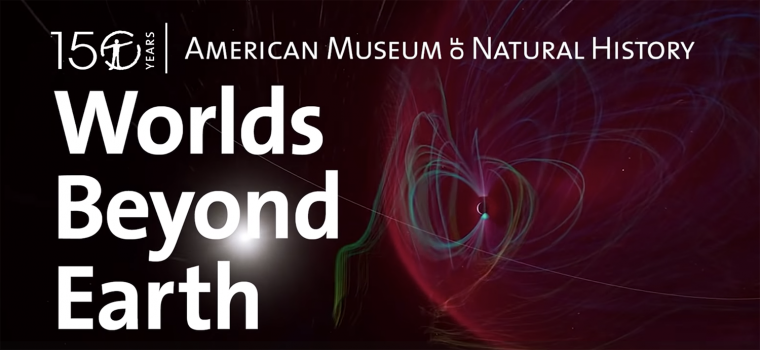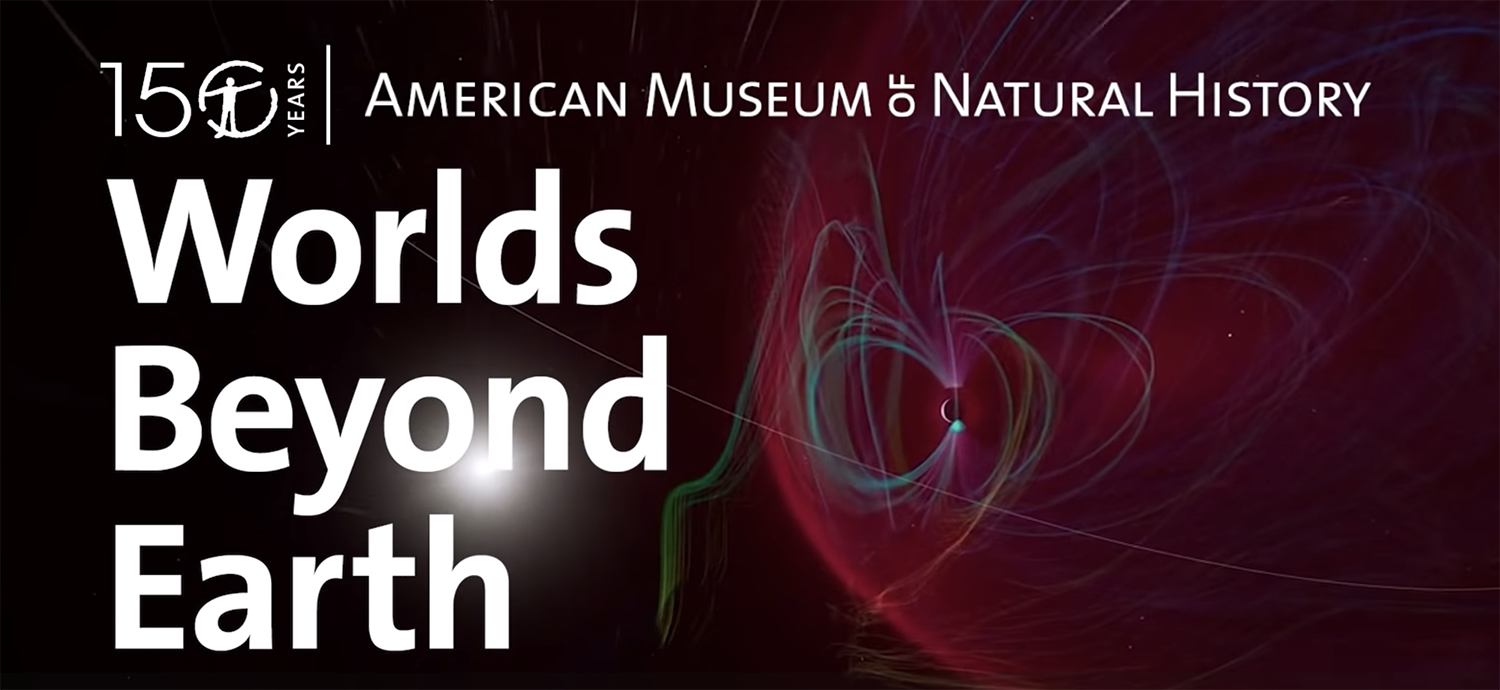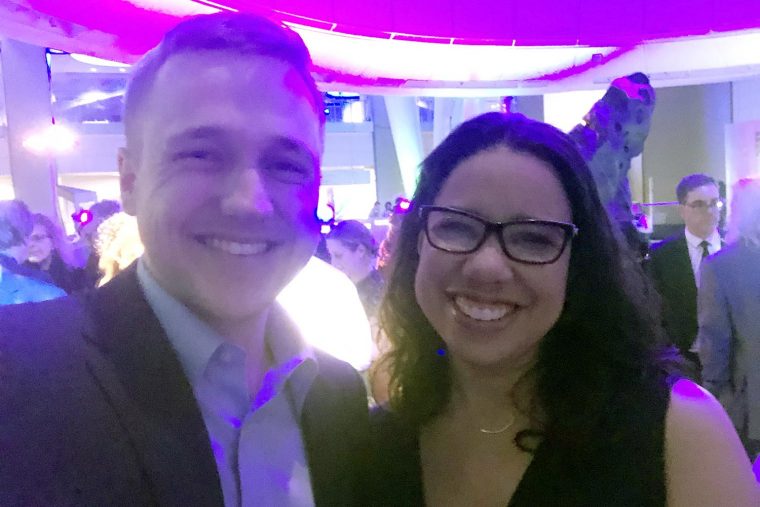Gilmore Works on Planetarium Show at American Museum of Natural History

 Research conducted by a Wesleyan professor is part of a new space show at the American Museum of Natural History.
Research conducted by a Wesleyan professor is part of a new space show at the American Museum of Natural History.

Martha Gilmore, George I. Seney Professor of Geology and professor of Earth and environmental sciences, worked over the past year developing content for the new Hayden Planetarium Space Show Worlds Beyond Earth. The show opened on Jan. 21 as part of the museum’s 150th anniversary celebration.
“It’s amazing,” Gilmore says. “The images that you see are all realistic. We even contacted some of the engineers for the Magellan spacecraft in order to understand exactly how the spacecraft imaged Venus in the early 1990s.”
Featuring brilliant visualizations of distant worlds, groundbreaking space missions, and scenes depicting the evolution of our solar system, Worlds Beyond Earth “takes viewers on an exhilarating journey that reveals the surprisingly dynamic nature of the worlds that orbit our Sun and the unique conditions that make life on our planet possible,” according to the American Museum of Natural History’s website.
Over the year, Gilmore worked with fellow Earth and planetary scientists, science visualization experts, writers, and artists to turn data into a visual masterpiece displayed on the world’s most advanced planetarium projection system. Gilmore’s specific task was to share the story of Venus having once been a habitable planet.
“The idea that Mars, Venus, and Earth were all habitable four billion years ago, but only Earth remains—that’s what I presented to them, and it’s really nice to see that story in the most famous planetarium show in the country!”

On Jan. 15, Gilmore was invited to the museum for a sneak preview of the show. Other Wesleyan affiliates in attendance included James Greenwood, assistant professor of Earth and environmental sciences; Anne Canty ’84, senior vice president for communications at the museum; and Gilmore’s former student and museum science educator Mark Popinchalk ’13.
Gilmore also is one of three scientists featured in a short movie that will be played in the waiting area of the planetarium.
The show “is just gorgeous,” Gilmore said. “What I appreciate now is that the data you see in the show are correct—the spacecraft orbits, the positions of the planets and stars, the magnetic field data, etc. It’s an incredible amount of work to make that happen. If you see it and wait for the credits to roll on the dome, you’ll see my name and Wesleyan!”

